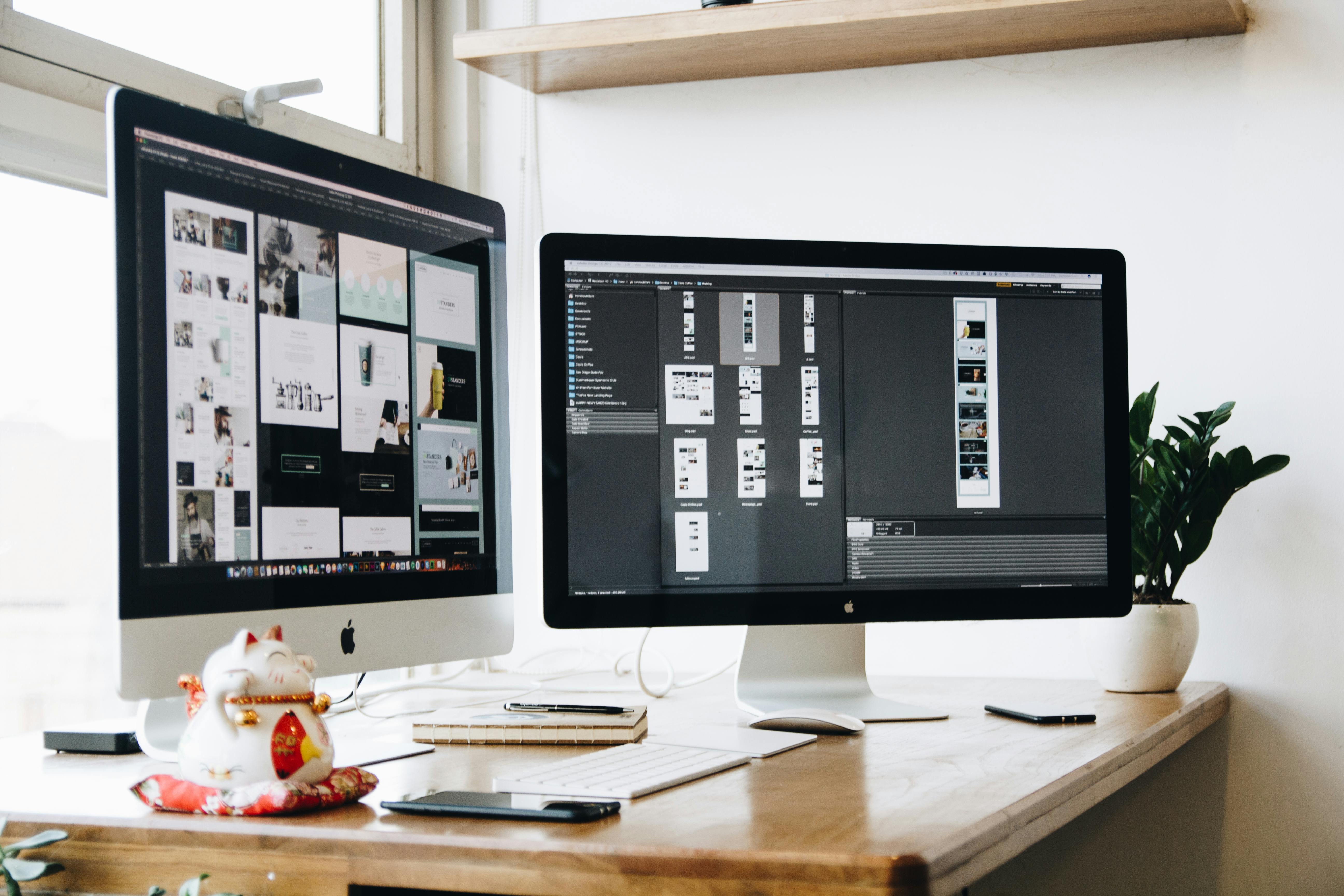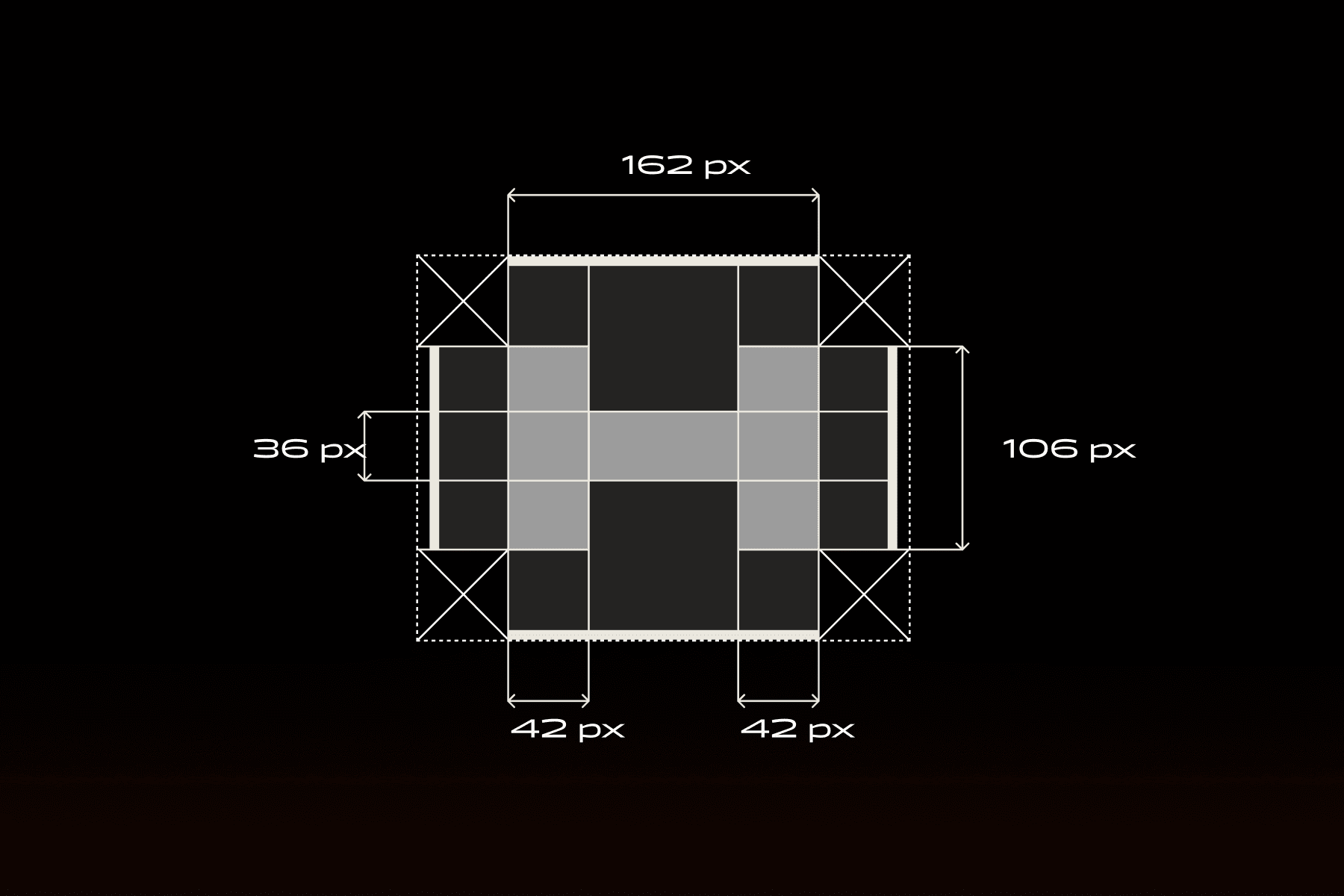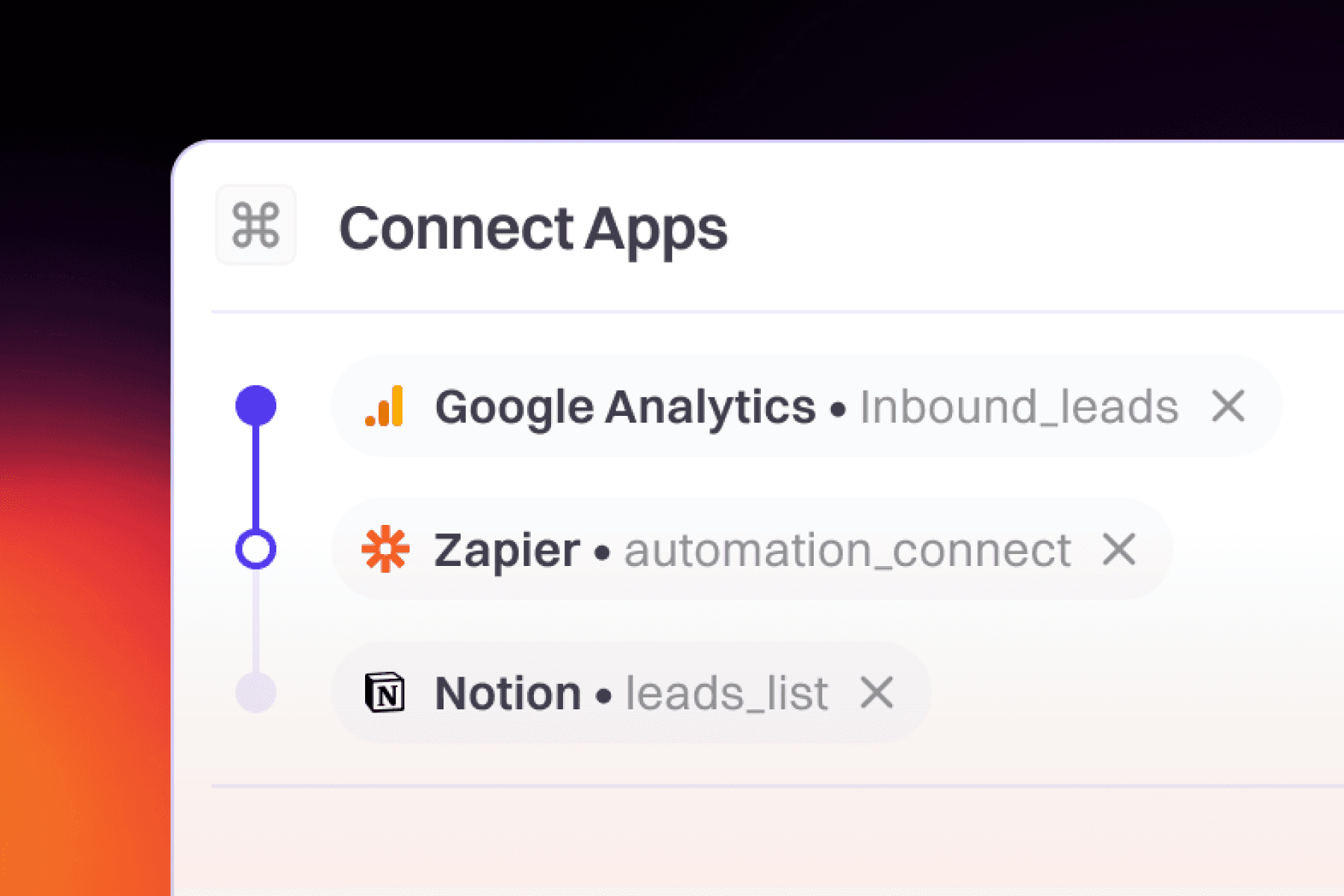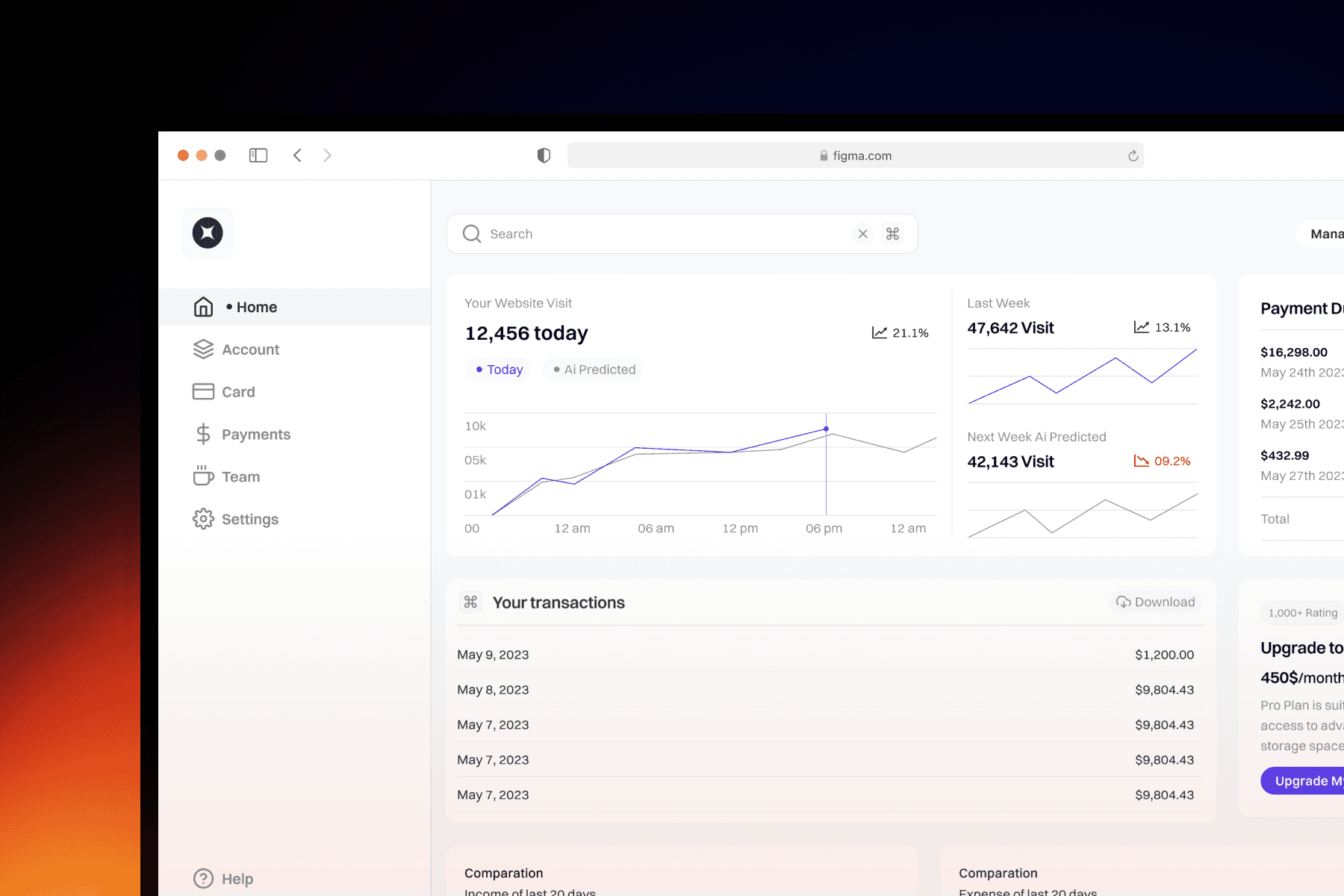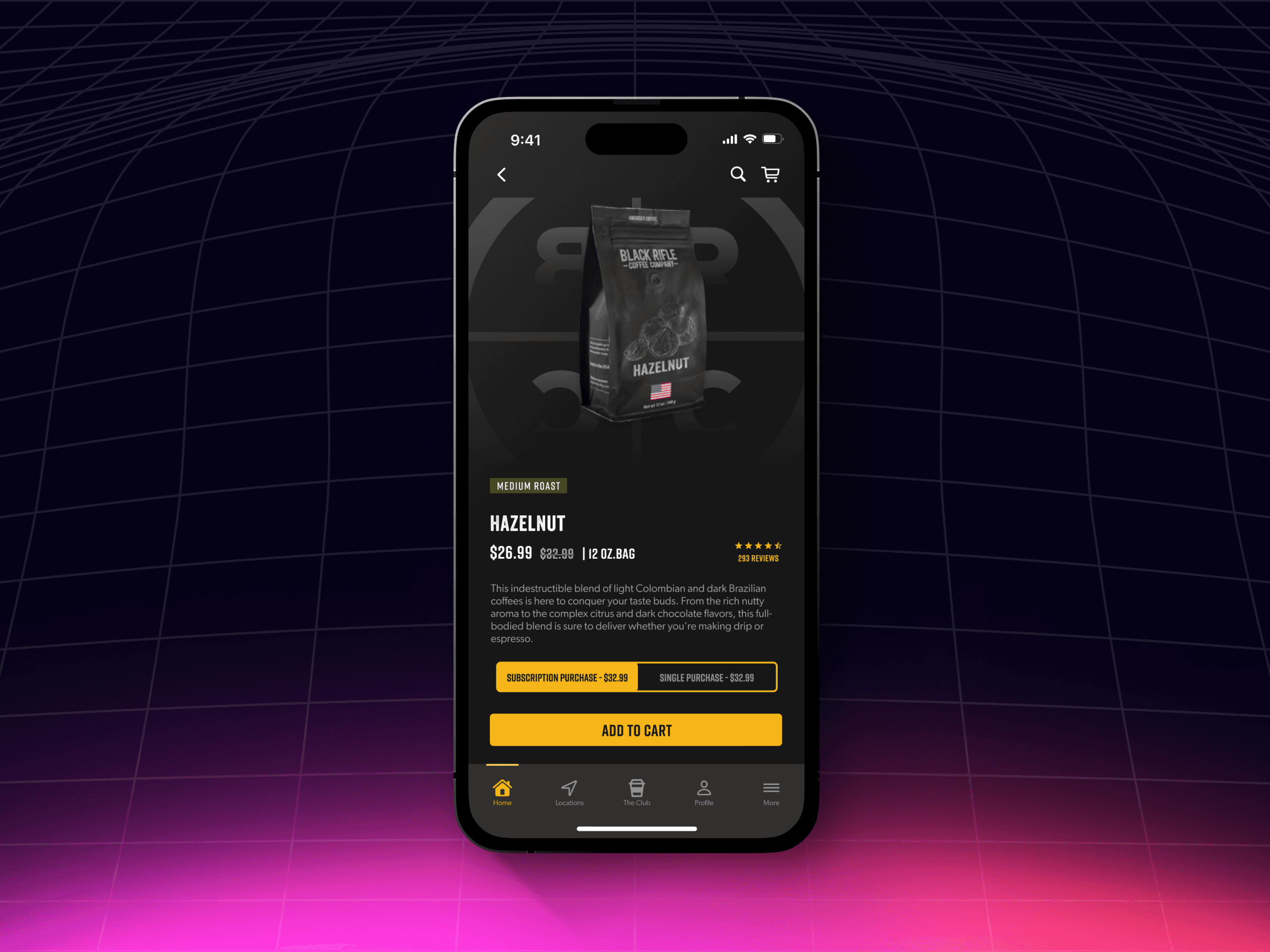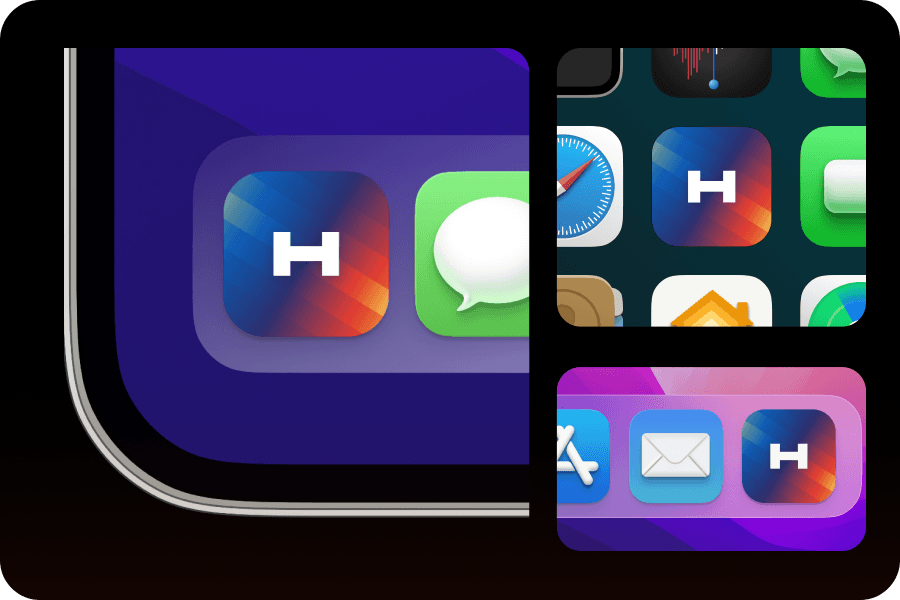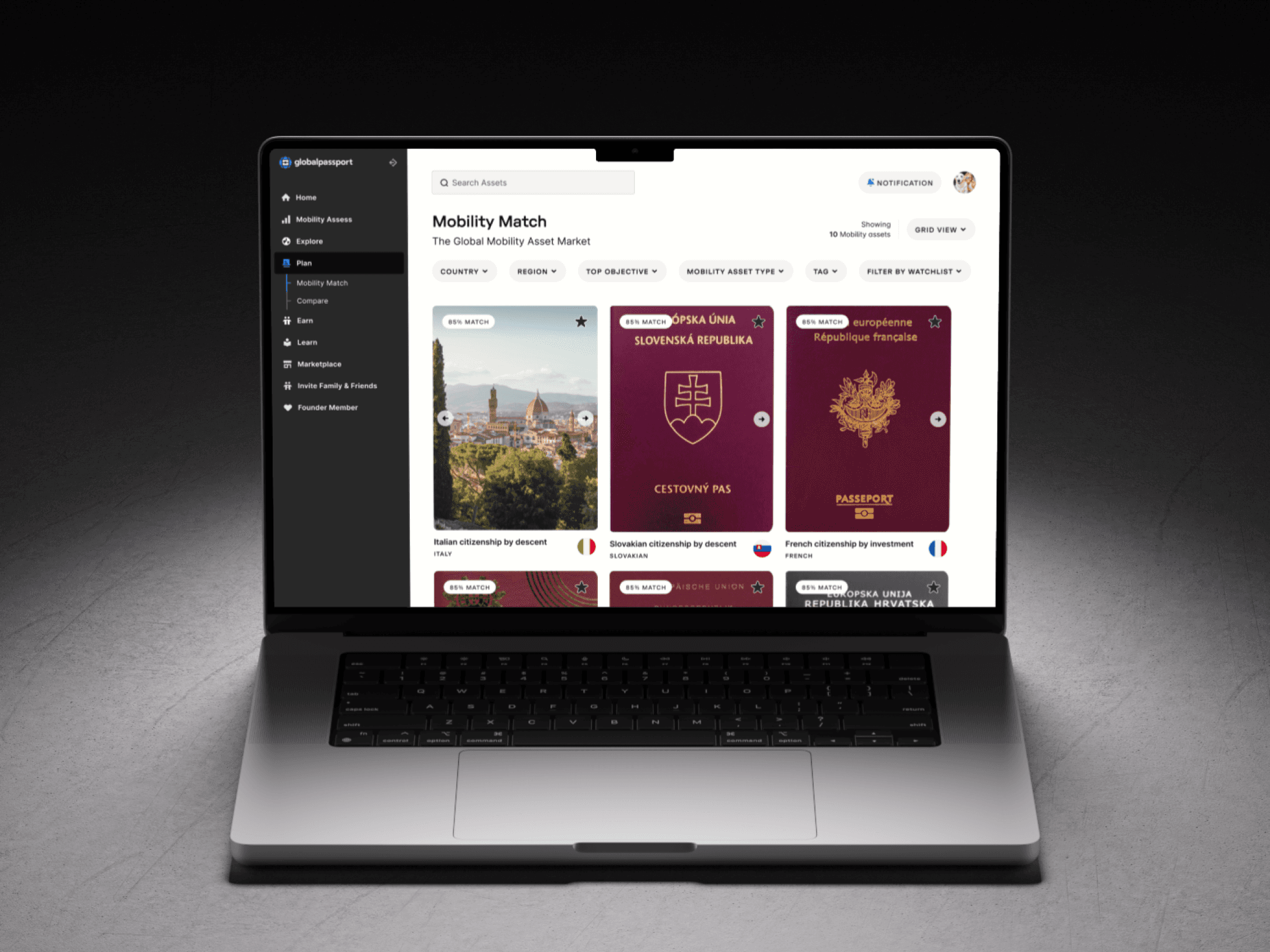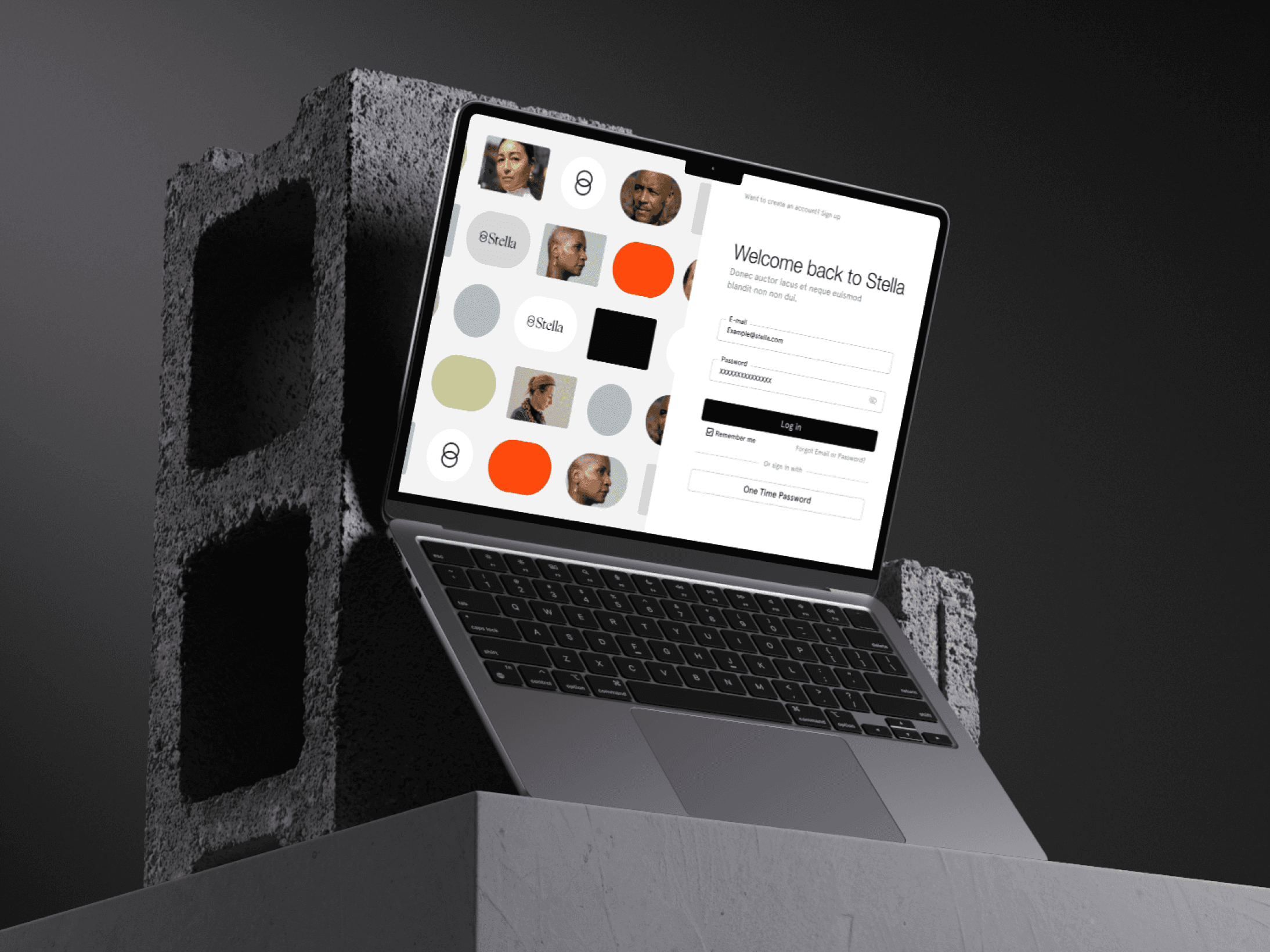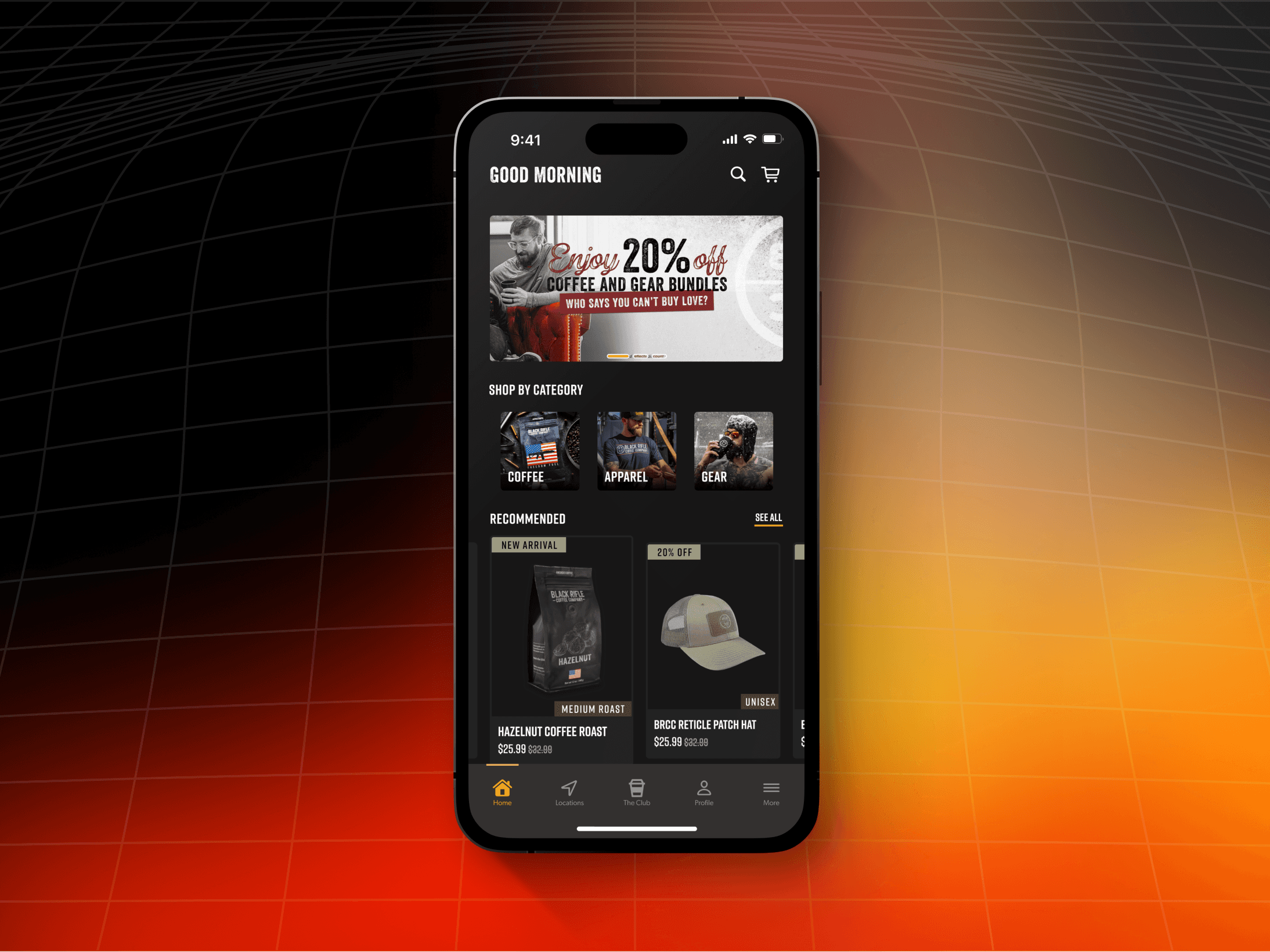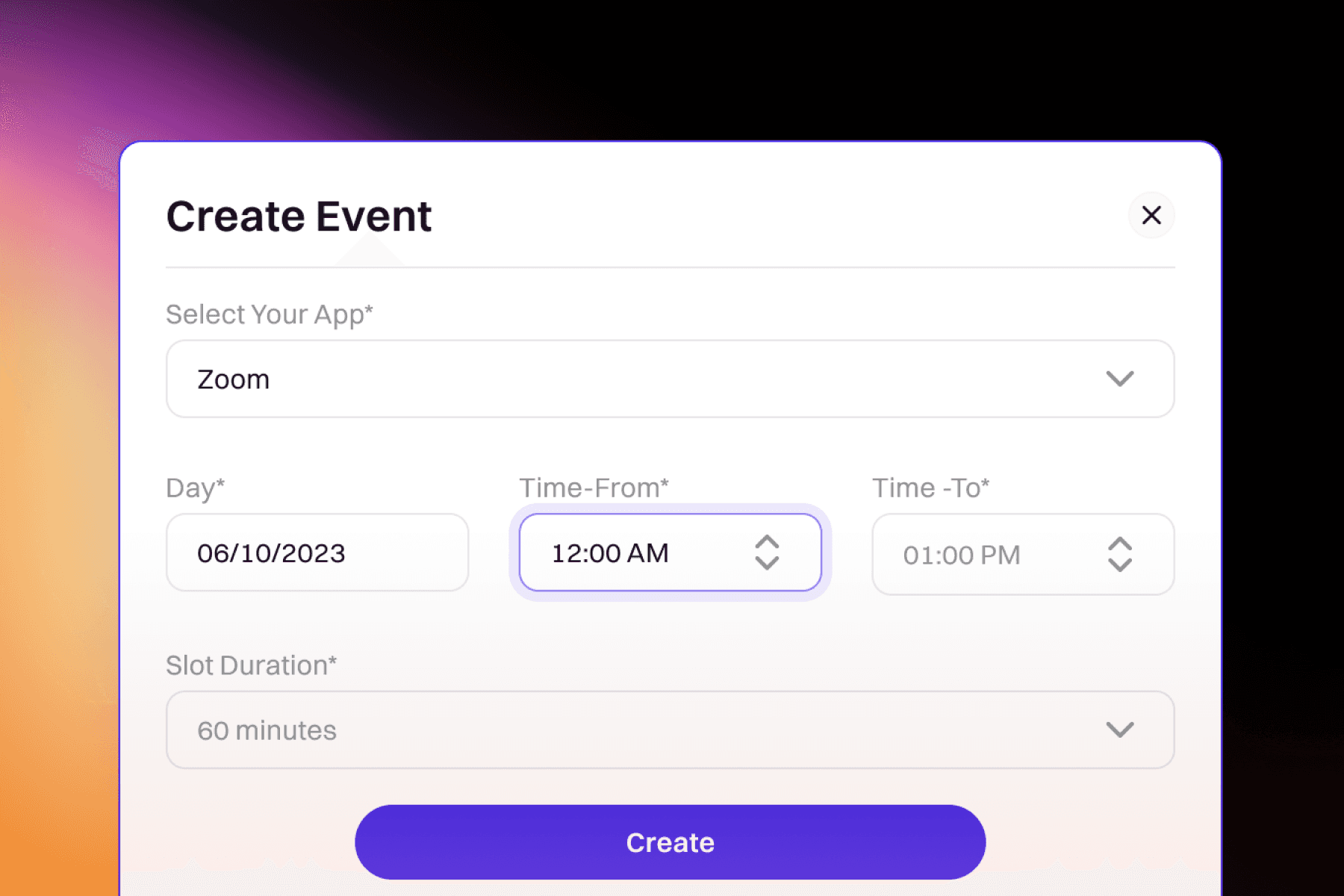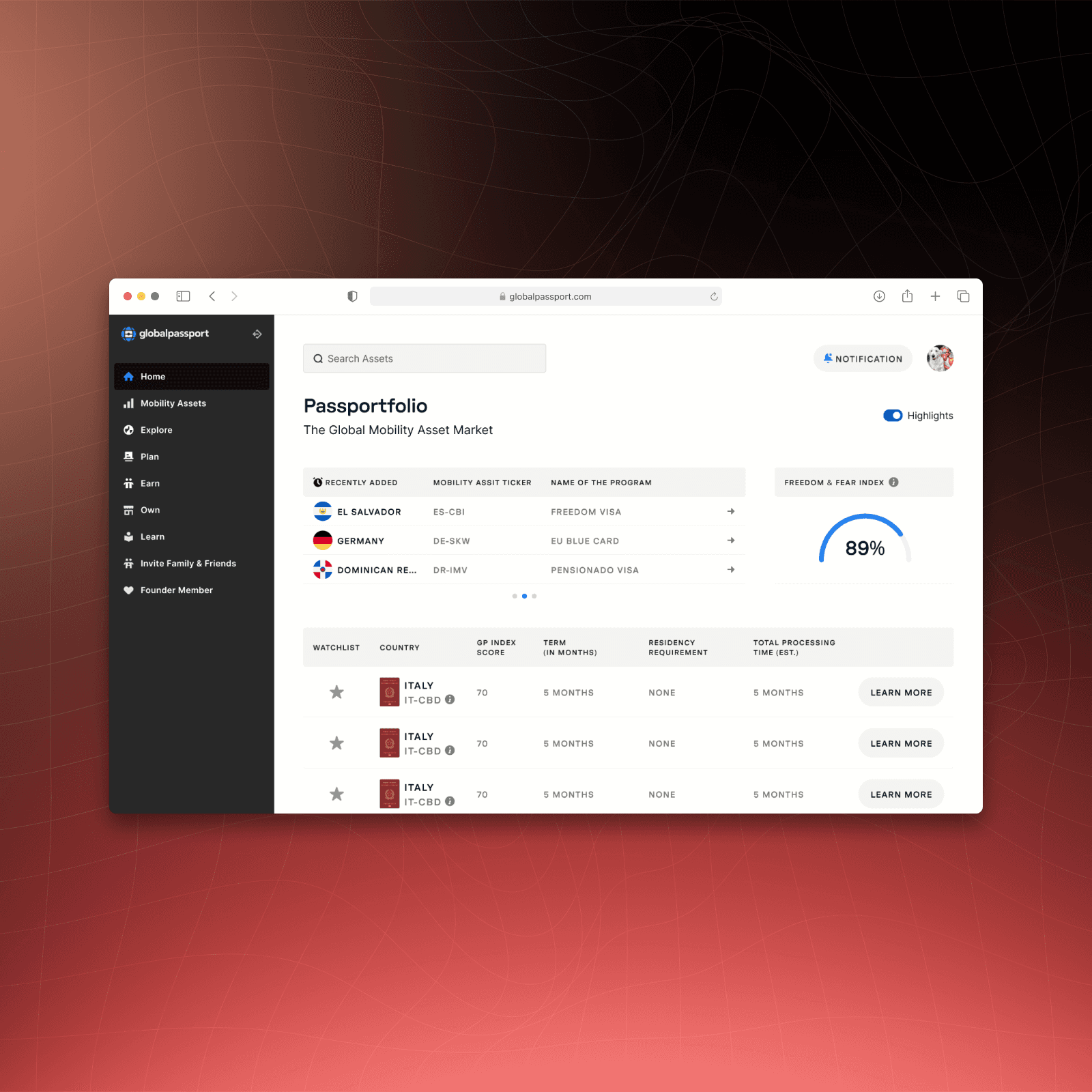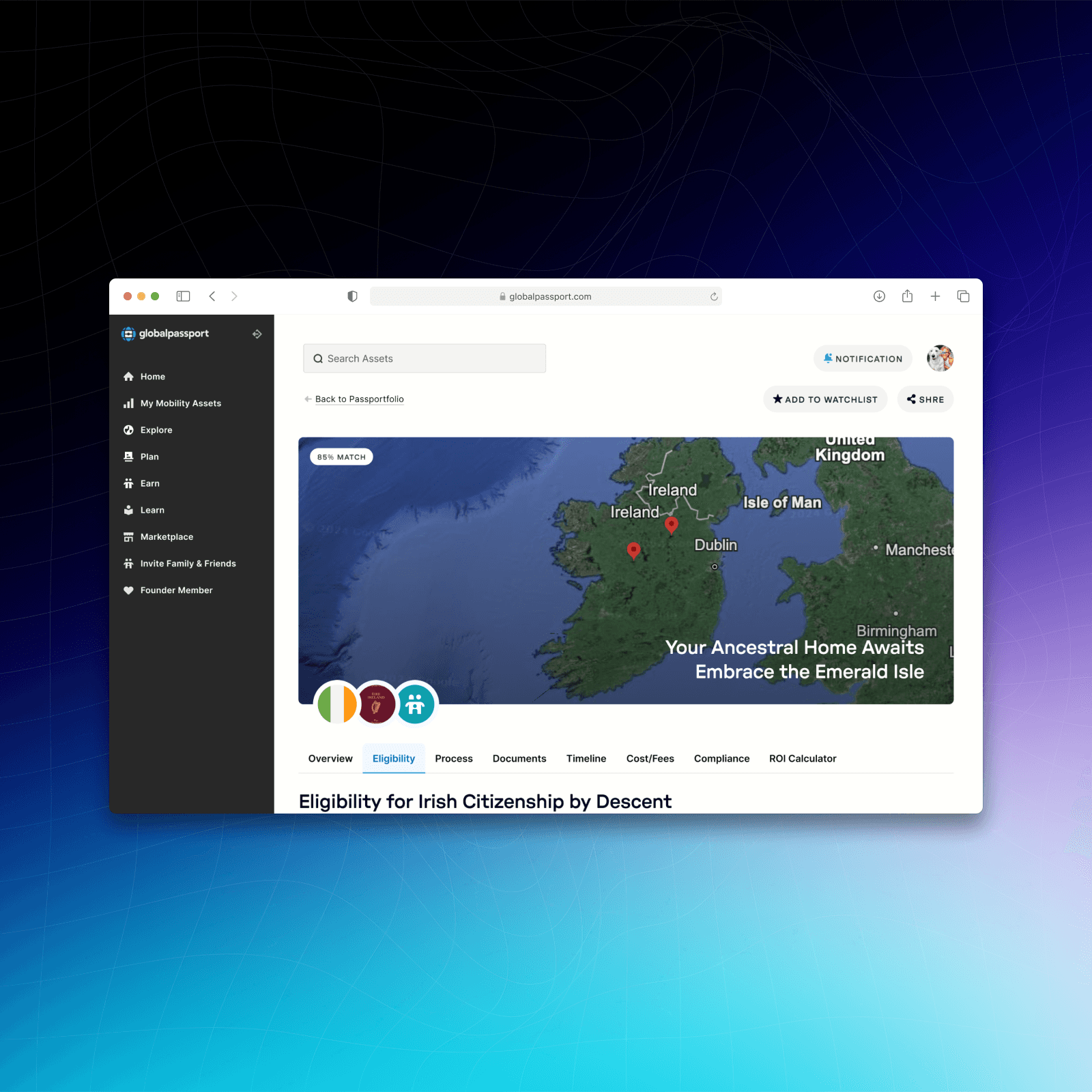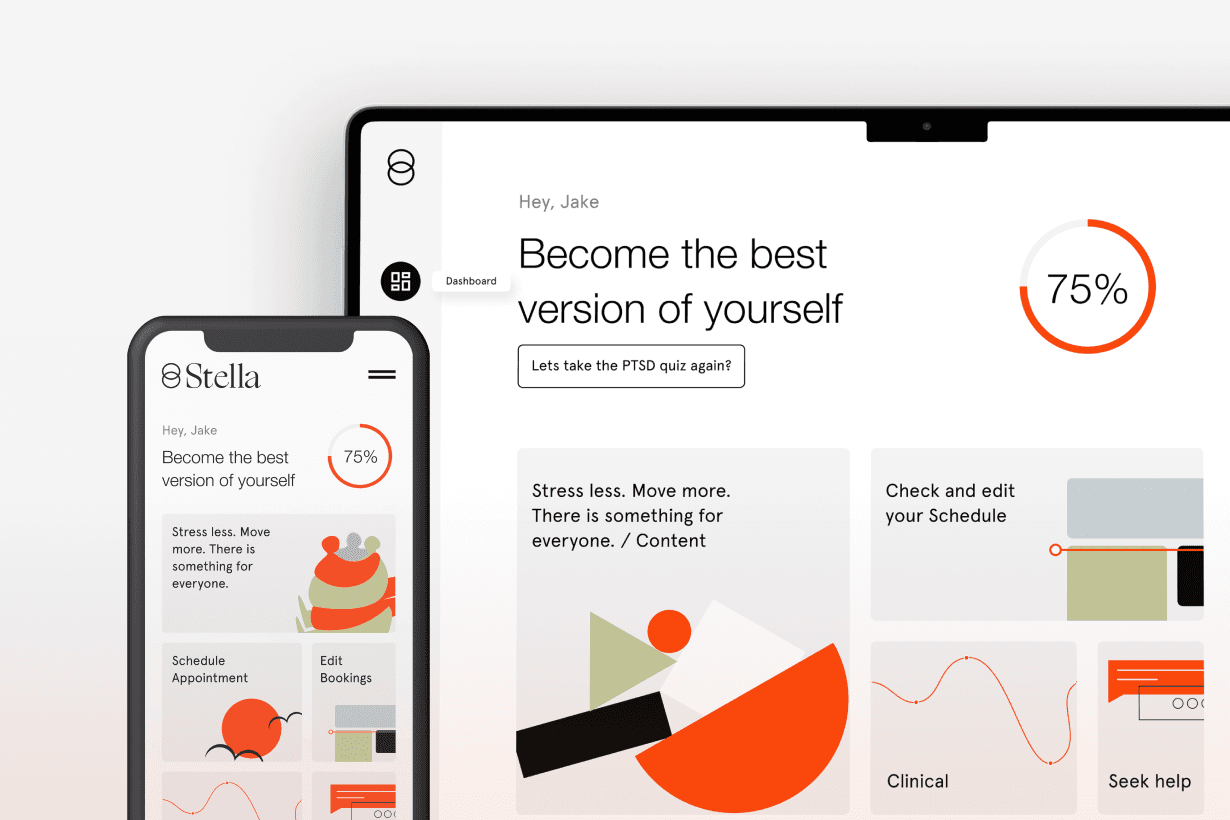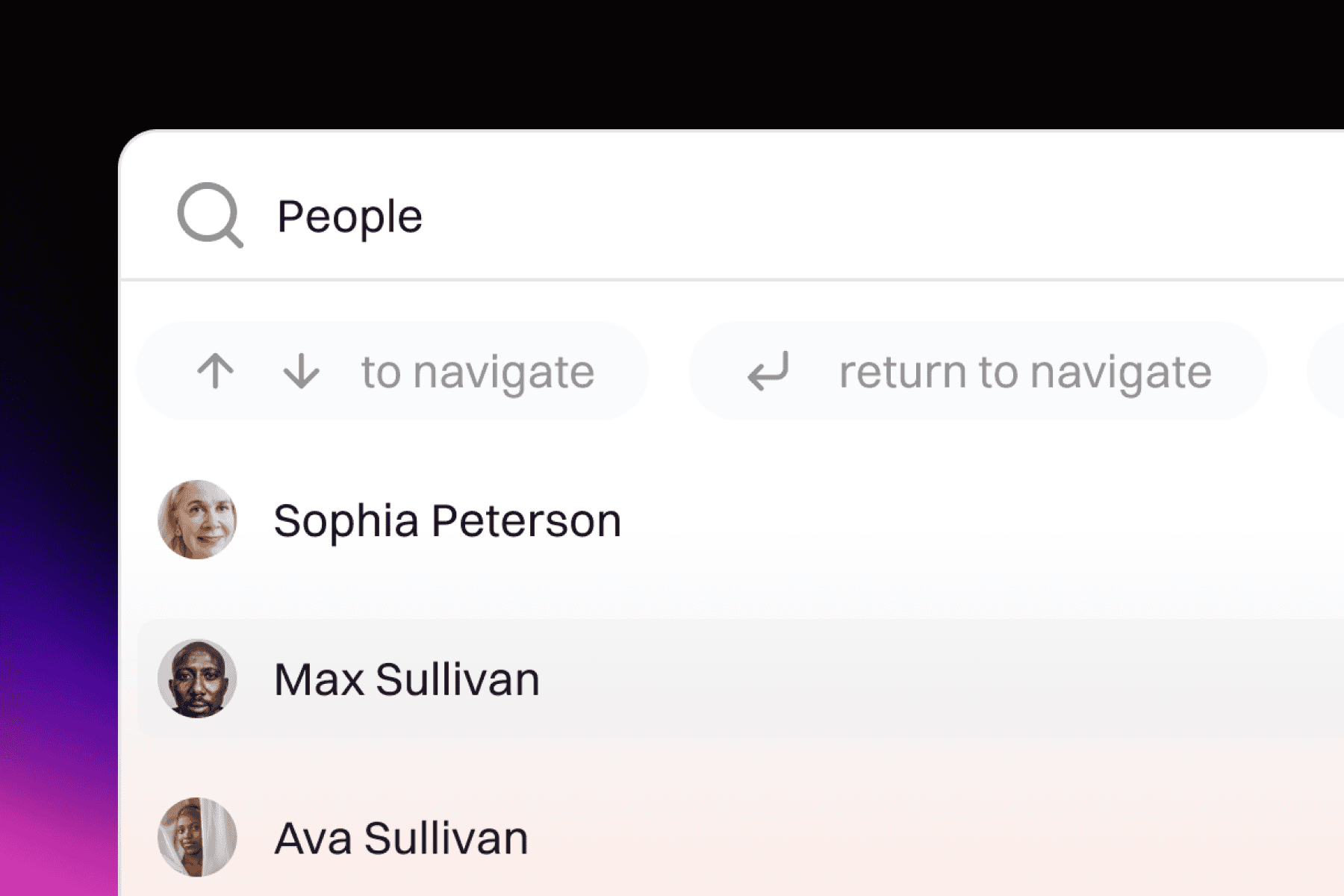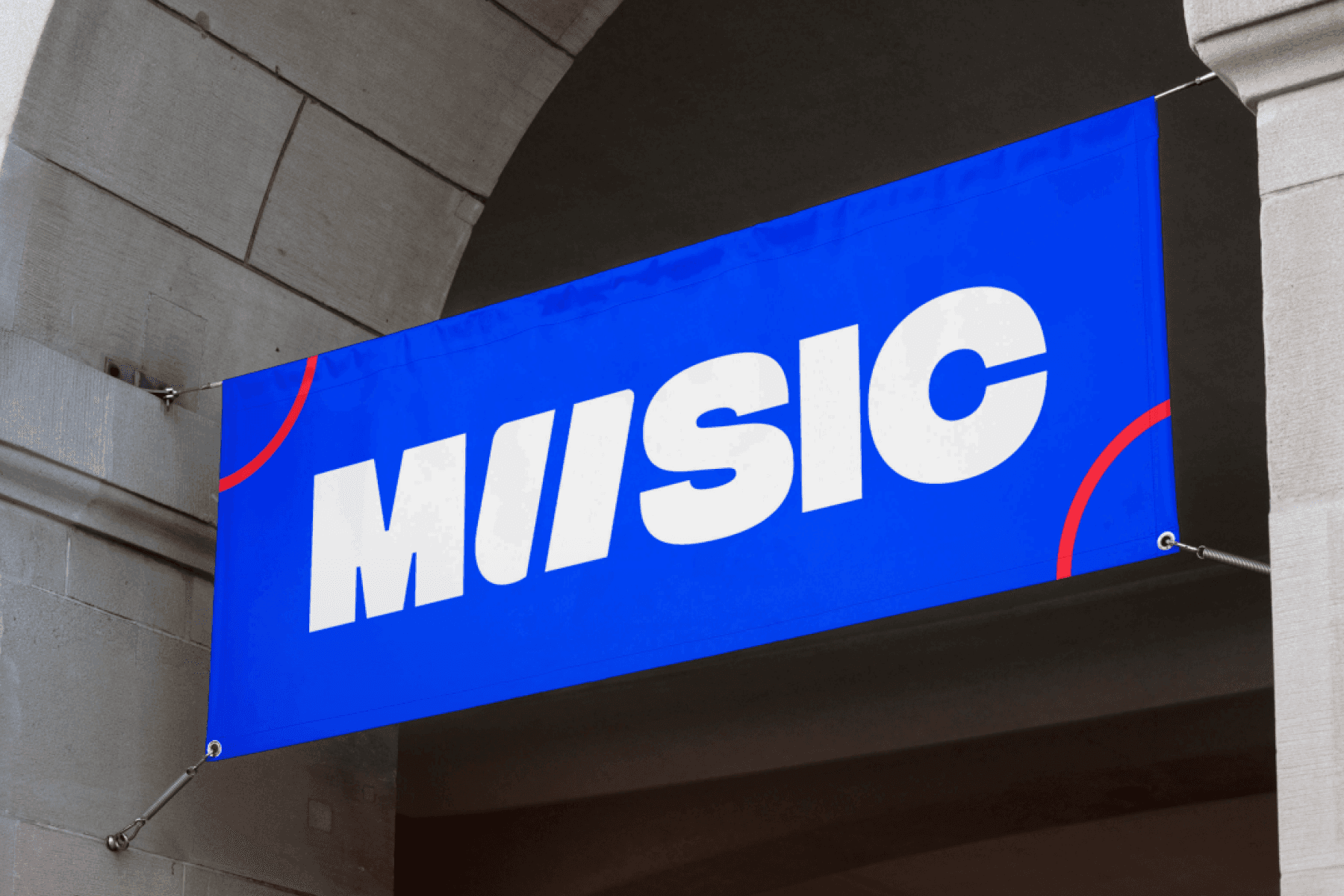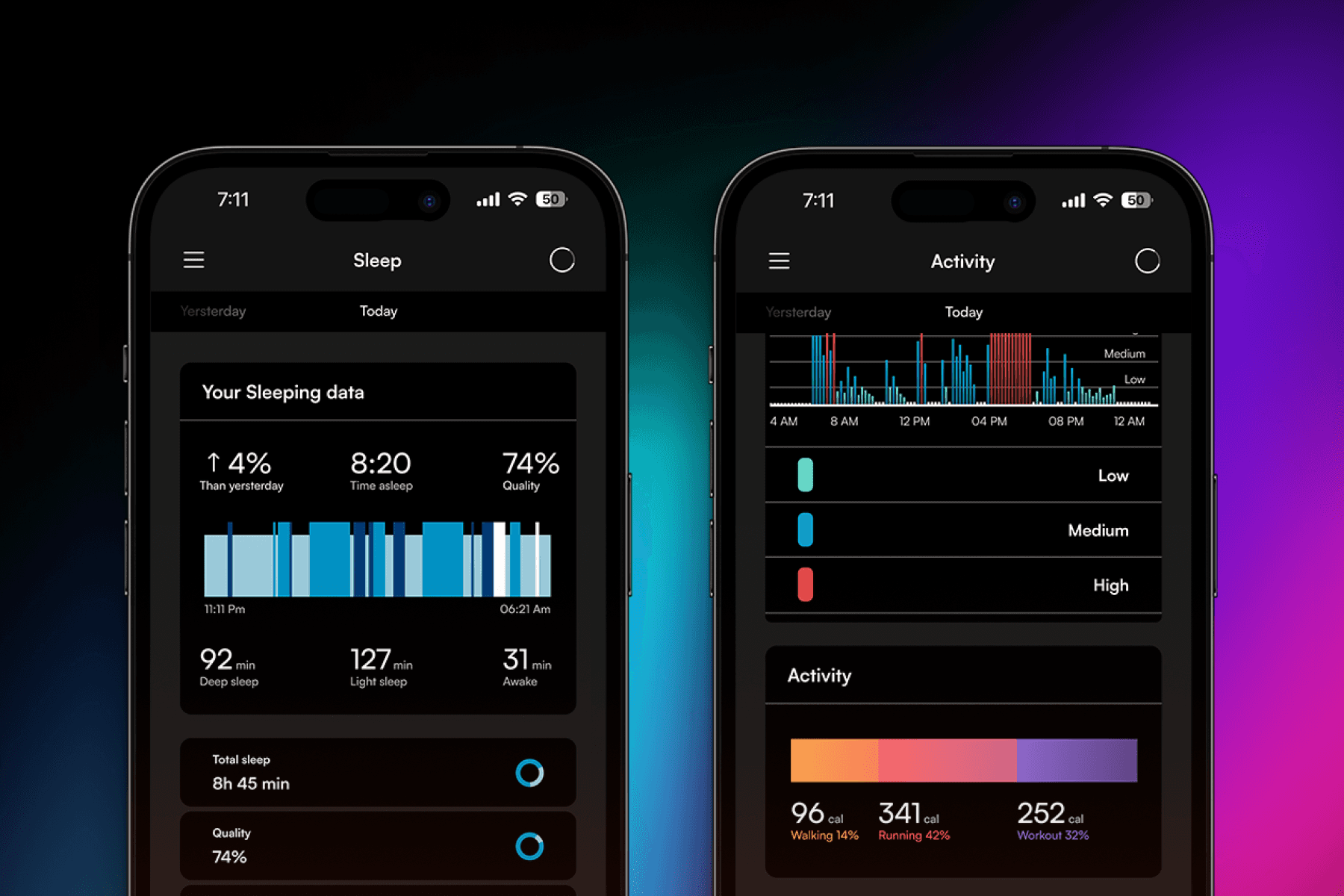The Impact of AI and Automation on the Design Industry
Apr 23, 2025
The design industry is undergoing a seismic shift as artificial intelligence (AI) and automation redefine how creative professionals work. By 2025, these technologies have evolved beyond merely automating repetitive tasks; they now actively enhance creative ideation, streamline workflows, and foster collaboration between humans and machines. With applications spanning graphic design, product design, web development, and architecture, AI-powered tools are revolutionizing everything from concept generation to execution, unlocking new levels of efficiency and innovation. This article explores how designers can harness these advancements to stay competitive and drive impactful creativity.
The Evolution of AI in Design
The integration of AI in design has undergone profound transformations, evolving from simple automation tools to intelligent systems capable of reshaping the creative process. Initially, AI was primarily used for functional tasks such as resizing images, basic photo retouching, and color correction. However, advances in machine learning and neural networks have enabled AI to transcend these rudimentary capabilities.
The introduction of models capable of understanding patterns and aesthetics marked a pivotal moment in AI’s design evolution. Convolutional neural networks (CNNs) now power visual recognition tasks, while generative adversarial networks (GANs) can create realistic images, textures, and entire scenes by learning from large datasets—accelerating ideation and sparking innovation Source: [Towards Data Science].
Milestones such as Adobe Sensei and Canva’s AI features exemplify deep integration into the design ecosystem. Adobe Sensei assists with tasks like content-aware cropping and layout prediction, while Canva’s AI toolkit offers real-time template generation and color-palette suggestions—democratizing design and boosting efficiency for professionals and amateurs alike Source: [Adobe Sensei], Source: [Canva AI].
By 2025, predictive analytics and style-transfer platforms like Runway ML enable creators to train custom models tailored to specific artistic visions, pushing the boundaries of personalization and creative expression Source: [Runway ML].
AI Tools Enhancing Workflow Efficiency
AI-powered tools have fundamentally changed how design projects are approached, introducing remarkable efficiencies:
Automated Prototyping & Layout
Tools like Figma and Sketch integrate AI plugins to generate layout suggestions and adapt designs for varying screen sizes, ensuring consistency and reducing manual iteration Source: [Creative Bloq].Generative Asset Creation
Platforms such as MidJourney enable on-demand creation of high-quality visuals from prompts, benefiting industries like advertising, e-commerce, and social media campaigns Source: [VentureBeat].Smart Asset Management
AI engines like Adobe Sensei tag, categorize, and retrieve assets automatically, improving collaboration and cutting turnaround times Source: [Adobe Enterprise Guide].Predictive Trend Analysis
Tools such as PatternAI analyze color palettes and typography trends, helping designers align work with emerging market preferences Source: [Forbes].
Generative AI Transforming Creative Processes
Generative AI is revolutionizing creative workflows:
Text-to-Image Generation
DALL·E transforms textual descriptions into detailed imagery, accelerating ideation from concept to draft Source: [OpenAI DALL·E].Adaptive Visual Creation
MidJourney and Runway ML produce rich, stylistic assets that push creative limits in advertising, packaging, and branding Source: [MidJourney].Production-Ready Media
Entertainment giants like Netflix use AI to generate promotional visuals, while platforms such as Airbnb leverage AI for intuitive interface prototypes Source: [Netflix Tech Blog], Source: [UX Design].Color Fields
Human-Machine Collaboration in Creative Design
AI has evolved from a backend tool to an active collaborator:
Ideation Assistants
Conversational models like ChatGPT help brainstorm concepts, refine copy, and suggest design directions in real time Source: [Adobe Creative Cloud].Data-Driven Trend Forecasting
Companies like Adidas analyze customer preferences and market data with AI, integrating insights with human creativity to maintain strong brand identities Source: [Forbes – Adidas AI Design].Rapid Prototyping
Parametric and algorithmic design tools automate iterations, allowing teams to explore a wider design space quickly Source: [ArchDaily].
Addressing Ethical Considerations in AI Design
Ethical issues around authorship, bias, and job displacement demand careful attention:
Intellectual Property & Authorship
Clarifying ownership of AI-generated assets is crucial for protecting creators’ rights.Bias in Training Data
Rigorous dataset auditing and diverse sourcing mitigate stereotypes and ensure inclusivity Source: [Wired].Responsible AI Governance
Organizations like the Partnership on AI promote transparency and best practices for equitable AI deployment Source: [Partnership on AI].
Future Trends Shaping AI and Design
Emerging trends will drive the next wave of innovation:
Immersive Environments
AI-generated metaverse and VR experiences promise deeper user engagement, led by pioneers like NVIDIA Source: [NVIDIA AI].Hyper-Personalization
Behavioral data and generative models enable bespoke design solutions at scale Source: [Deloitte].Voice-Powered Design Interfaces
Natural-language interfaces will lower barriers for non-technical creators, fostering wider adoption.
Conclusions
The integration of AI and automation into the design industry marks a transformative era, pushing boundaries in creativity, efficiency, and scalability. By automating mundane tasks, generating innovative concepts, and fostering collaborative environments, these technologies empower designers to achieve unprecedented results. However, ethical considerations around authorship and bias call for careful governance. As we look ahead, AI promises hyper-personalized designs and deeper creative possibilities. Embracing AI not only ensures competitiveness but also unlocks the true potential of human-machine collaboration. The future of design is here—and it’s powered by AI.
